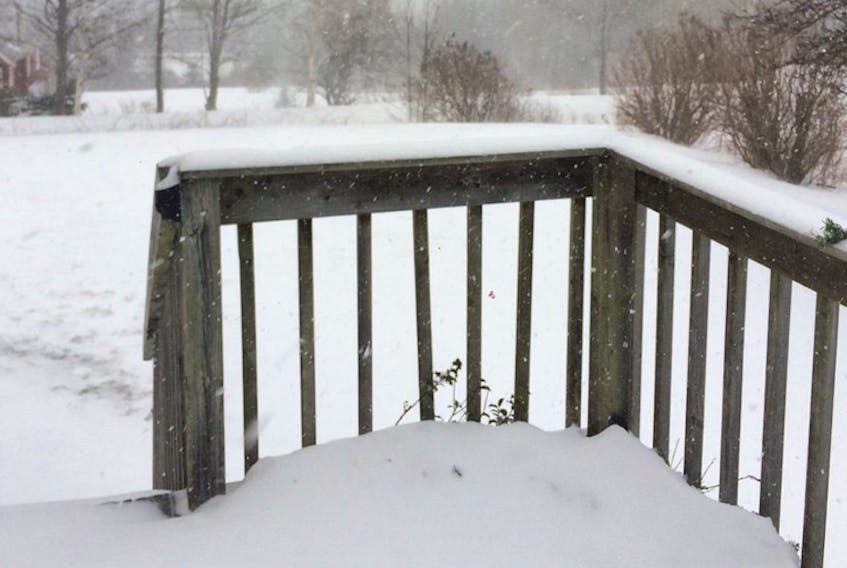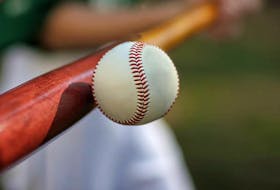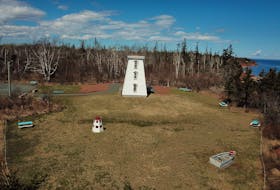Yesterday’s messy storm brought a smorgasbord of weather to Atlantic Canada.
Some areas received as much as 40 mm of rain while others are digging out from under close to 40 cm of snow. There was lots of wind, of course; we rarely get a winter storm without wind and that makes measuring very difficult.
It's easy to measure the snow on the ground, but you may be surprised to learn it’s one of the least accurate measurements in the study of meteorology.
I’m sure you’ve noticed that depending on the wind direction, there can be very little to no snow on one side of your house, while it’s hard to push the door open on the other.
After each snowfall, I try to put out a “snowfall totals” board; when I do, I inevitably get emails from people who have different snowfall amounts to share with me. That brings up the question of how the snow is measured when the wind is blowing. The answer is, the same way it’s measured when the wind is calm.
Snowfall measurement is very basic. It consists of a board, a broom or shovel and a ruler.
In order to get an accurate reading, you have to prepare an area. Official observers are set up with at least three but ideally five sheets of plywood nailed to a brace on the ground. These are called snowboards and are almost always painted white; the boards are placed several metres apart. The board placement is important; they should be out in the open and as much as possible, away from trees or buildings that could affect the flow of the snow as it falls to the ground. Once the snow has started to fall, an observer will go outside and measure the depth of snow on each board. Typically, that takes place every six hours. It's as simple as sticking a metre stick through the snow until it hits the surface of the board. The boards are swept or shoveled clean after each reading.
After the measurements have been recorded, they are averaged out, et voila, you have the amount of snow that fell in the last six hours.
By all means, keep those snowfall totals coming but don’t be surprised if they don’t always match up with the official snow measurements.









